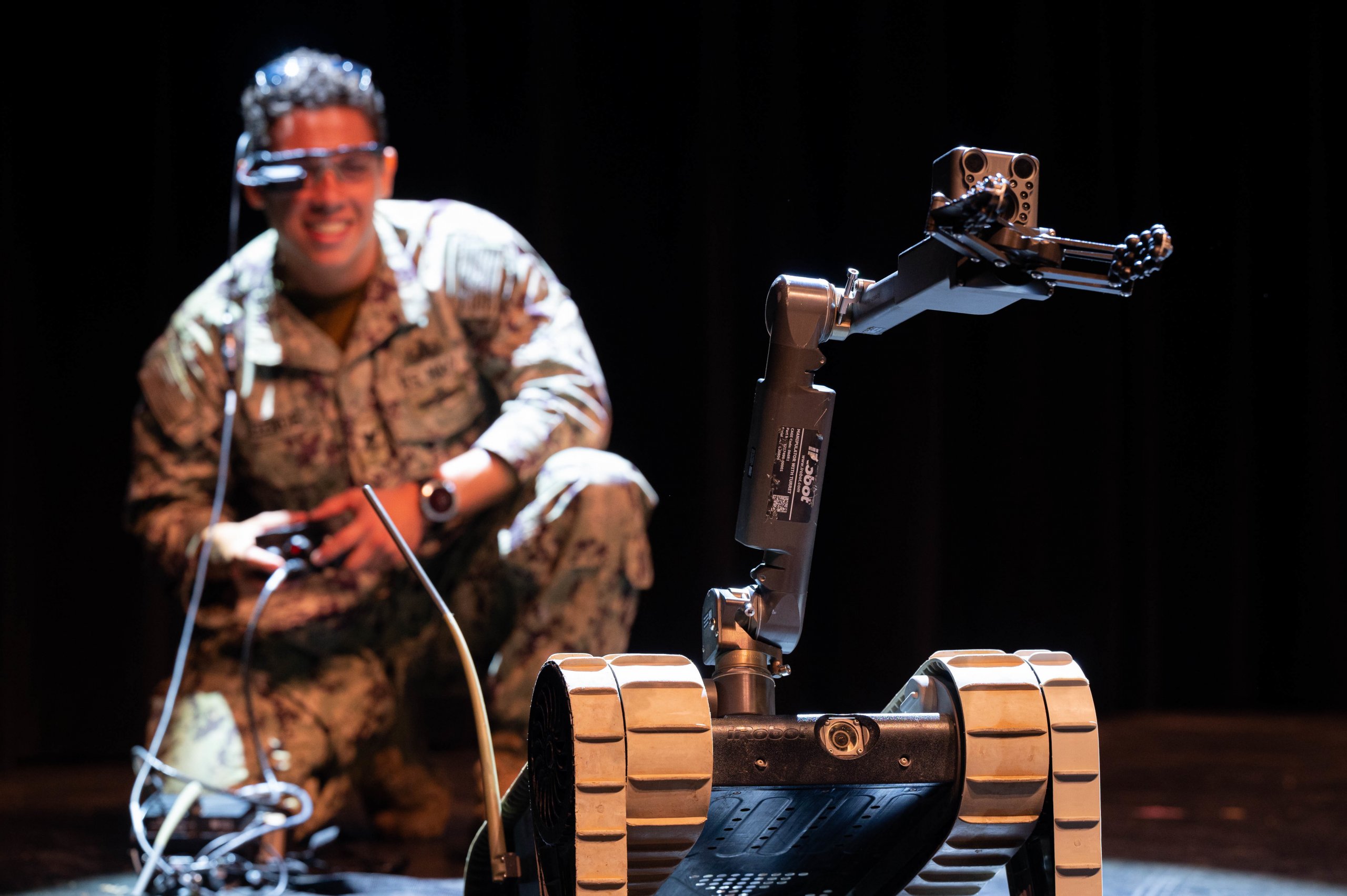DVIDS – News – NMRTC San Diego celebrates Sterile Processing Department Week
Navy Medicine Readiness and Training Command (NMRTC) San Diego celebrated Sterile Processing Department Week with a cake cutting ceremony October 12.
The SPD team, which observes Sterile Processing Week every second week in October, is responsible for reprocessing surgical and medical tools needed to provide care to patients.
“Together in the past year, our SPD team received, decontaminated, inspected, assembled, packaged, and sterilized more than 136,000 surgical sets and instruments through 8,408 sterilizer loads and counting,” said Lt. Cmdr. Eugene Mamaril, SPD division officer. “We are absolutely proud to serve the operating room, more than 50 clinics, and dozens of war fighting ships along the San Diego Waterfront.”
In attendance was Capt. Kim Davis, NMRTC San Diego’s commander, who thanked the SPD team and stressed the importance of the SPD processes.
“There are so many different steps, we really appreciate the great onboarding process this team has here to make sure we do things right,” said Davis. “None of this we could do without you, so we’re taking a little bit of time this week to celebrate, but I hope you can tie what you do here everyday to a higher purpose. It’s critically important.”
Lt. Cmdr. Mamaril notes that through diligent SPD processes, the department is able to find and prevent mishaps almost every week from instruments needing sterilization or simply needing to meet quality standards and that even the newest SPD team is trained and committed to the highest quality performance throughout the day and night.
“Our most junior sailor actually found it,” said Mamaril, referencing a previous instance of a low quality instrument. “He was able to identify that there was an issue, and we recalled and sterilized the instruments. He carried out his training during an overnight shift and was actually awarded one of the Patient’s Safety Awards by the commanding officer.”
NMRTC San Diego’s SPD team is committed to service and patient safety each and every day.
| Date Taken: | 10.13.2022 |
| Date Posted: | 10.13.2022 17:59 |
| Story ID: | 431212 |
| Location: | SAN DIEGO, CA, US |
| Web Views: | 17 |
| Downloads: | 0 |
PUBLIC DOMAIN
This work, NMRTC San Diego celebrates Sterile Processing Department Week, by PO3 Raphael McCorey, identified by DVIDS, must comply with the restrictions shown on https://www.dvidshub.net/about/copyright.





![DVIDS – Images – Guam High School Celebrates Navy Birthday [Image 6 of 6] DVIDS – Images – Guam High School Celebrates Navy Birthday [Image 6 of 6]](https://101veterans.com/wp-content/uploads/2022/10/1665634684_1000w_q75.jpg)

![DVIDS – Images – USS Tripoli Sea and Anchor [Image 5 of 5] DVIDS – Images – USS Tripoli Sea and Anchor [Image 5 of 5]](https://101veterans.com/wp-content/uploads/2022/10/1665591448_1000w_q75.jpg)
![DVIDS – Images – USS Chancellorsville Conducts Routine Engineering Operations [Image 5 of 5] DVIDS – Images – USS Chancellorsville Conducts Routine Engineering Operations [Image 5 of 5]](https://101veterans.com/wp-content/uploads/2022/10/1665548209_1000w_q75.jpg)

![DVIDS – Images – SF Fleet Week: U.S. Navy Ship Tours [Image 3 of 5] DVIDS – Images – SF Fleet Week: U.S. Navy Ship Tours [Image 3 of 5]](https://101veterans.com/wp-content/uploads/2022/10/1665461684_1000w_q75.jpg)
![DVIDS – Images – USS Ronald Reagan (CVN 76) engineering department conducts maintenance [Image 4 of 4] DVIDS – Images – USS Ronald Reagan (CVN 76) engineering department conducts maintenance [Image 4 of 4]](https://101veterans.com/wp-content/uploads/2022/10/1665418431_1000w_q75.jpg)